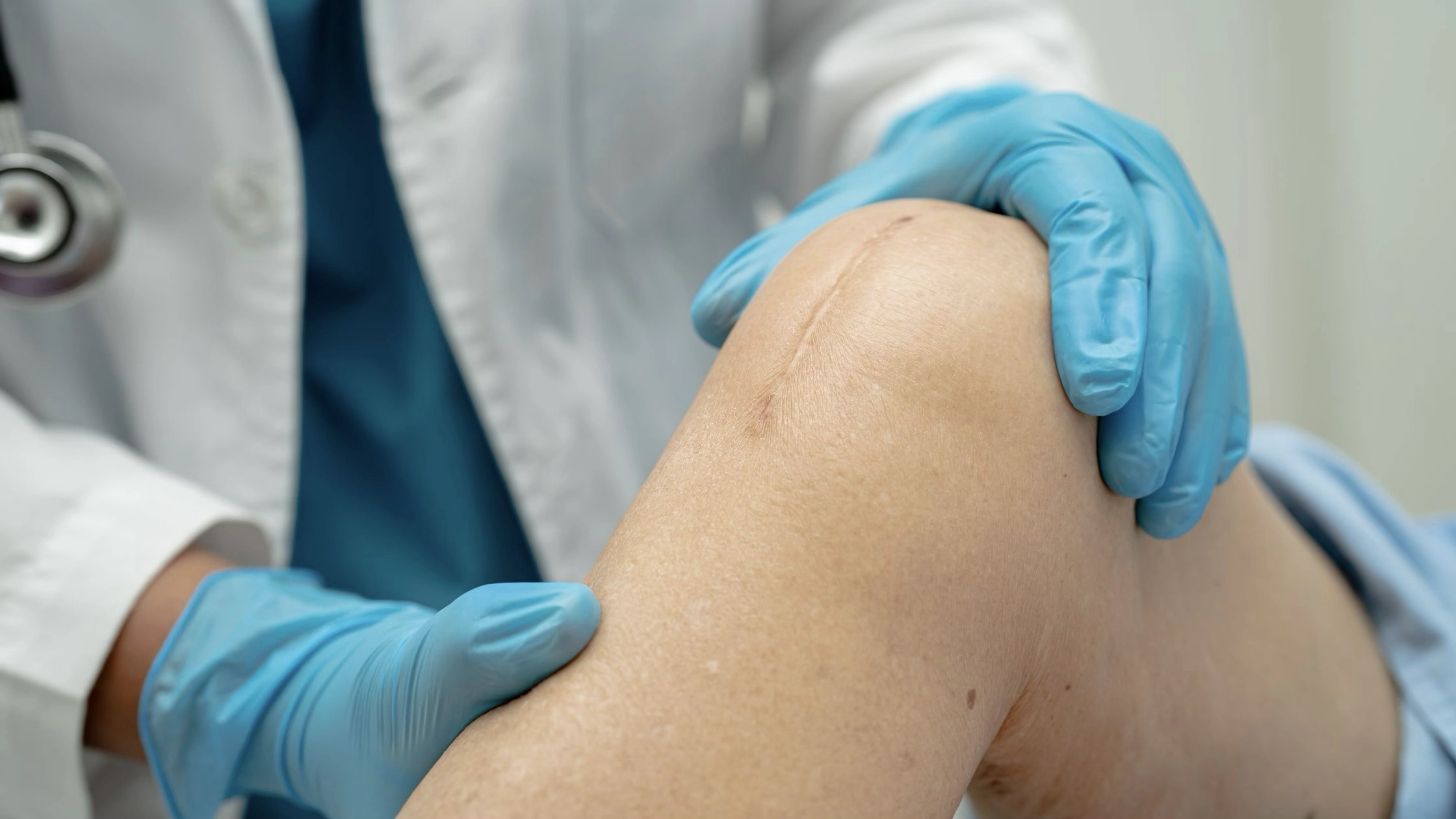The Surgery Recovery Journey After Joint Replacement
January 16, 2025
Joint replacement surgery can restore mobility, reduce pain, and improve quality of life. But recovery is a gradual process that requires patience, commitment, and following a structured rehabilitation plan. Knowing what to expect—from pain management to physical therapy—can help you navigate your expectations and regain function safely.
What to Expect Immediately After Surgery
Hospital Stay & Initial Recovery
People who had joint replacement surgery of the hip, knee or shoulder may go home the same day or several days following surgery. How long patients typically stay in the hospital depends on several factors like the type of surgery performed, medical history, and complications following surgery recovery. Plans for joint rehabilitation following hospital discharge is also considered.
Pain Management
Pain following surgery is expected and will look different for everyone. There are medications and techniques used to control pain. Common pain medications include NSAIDs, or non-steroidal anti-inflammatory drugs like ibuprofen, and opioids. Alternatives to pain medications may include deep breathing exercises, music therapy, and massage.
First Steps: Importance of early movement and physical therapy
Healthcare providers involved in your care will start planning your recovery before your surgery even begins. Early movement is a big part of post-surgery care and will likely involve physical therapy.
Common Post-Surgery Symptoms: Swelling, stiffness, and discomfort
Common symptoms following joint replacement surgery includes swelling, stiffness, and discomfort of the joint. Physical activity combined with adequate rest should help alleviate these symptoms.
The First Few Weeks Post-Surgery
One of the priorities following surgery is physical therapy and joint rehabilitation. Physical therapists will introduce you to exercises that focus on regaining strength and mobility. You may need to limit or avoid certain activities during your recovery period. High-impact activities like running and tennis or excessive bending can slow your recovery process.
Some complications can arise during post-surgery care. This includes infections at the surgical site and blood clots. Signs of a blood clot include:
- Pain near the surgical site (arm or lower leg)
- Redness, tenderness, or pain at the surgical site
Signs of an infection at the surgical site include:
- Fever
- Chills
- Swelling at the surgical site
Consult with your doctor if these symptoms arise.
Long-Term Recovery and Getting Back to Normal
Recovery time depends on the type of joint replacement you have and your overall health before surgery. People recovering from knee surgery usually get back to most daily activities within 3 to 6 weeks. Full recovery from hip and shoulder replacements can take anywhere from 3 to 6 months.
Questions about returning to work and restart activities like driving and certain types of exercise should be discussed with your healthcare provider. Your return to most of these activities will likely be gradual.
Recovering from joint replacement takes time, but committing to the process and following your doctor’s recommendations can make a big difference. Following up with a specialist may help with your recovery. If you’re recovering from joint replacement, schedule a follow-up with an orthopedic specialist for personalized guidance.